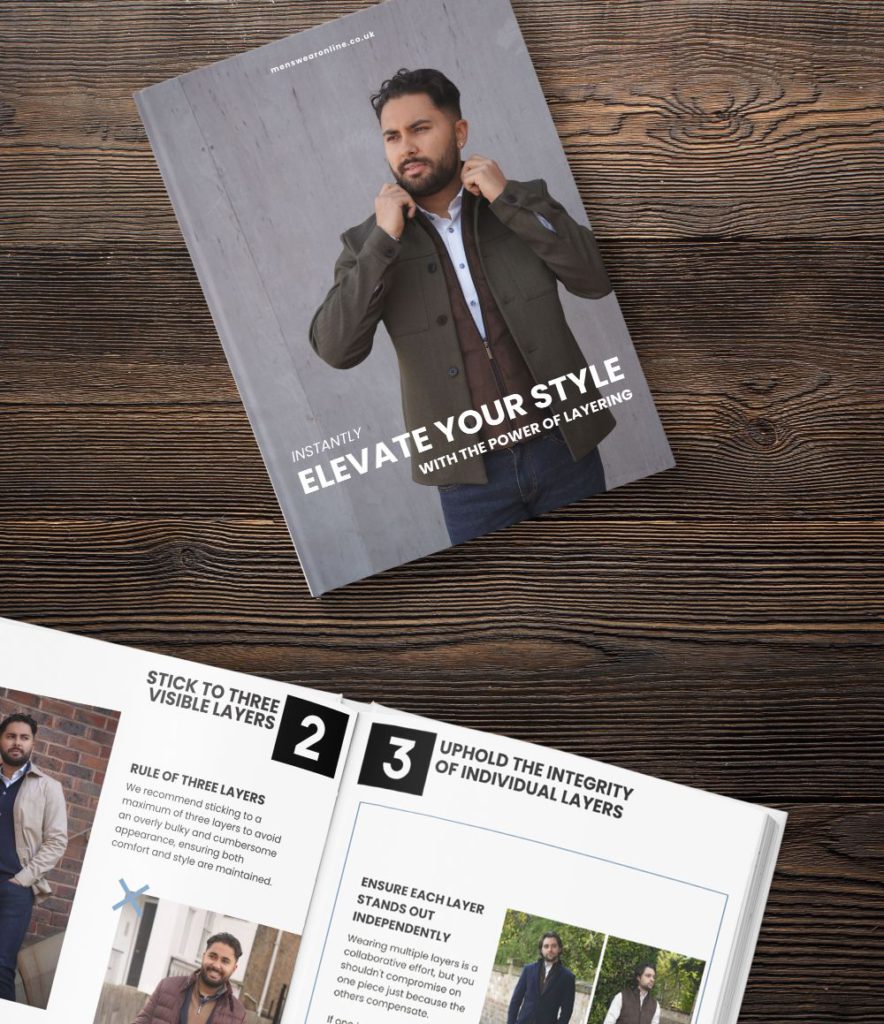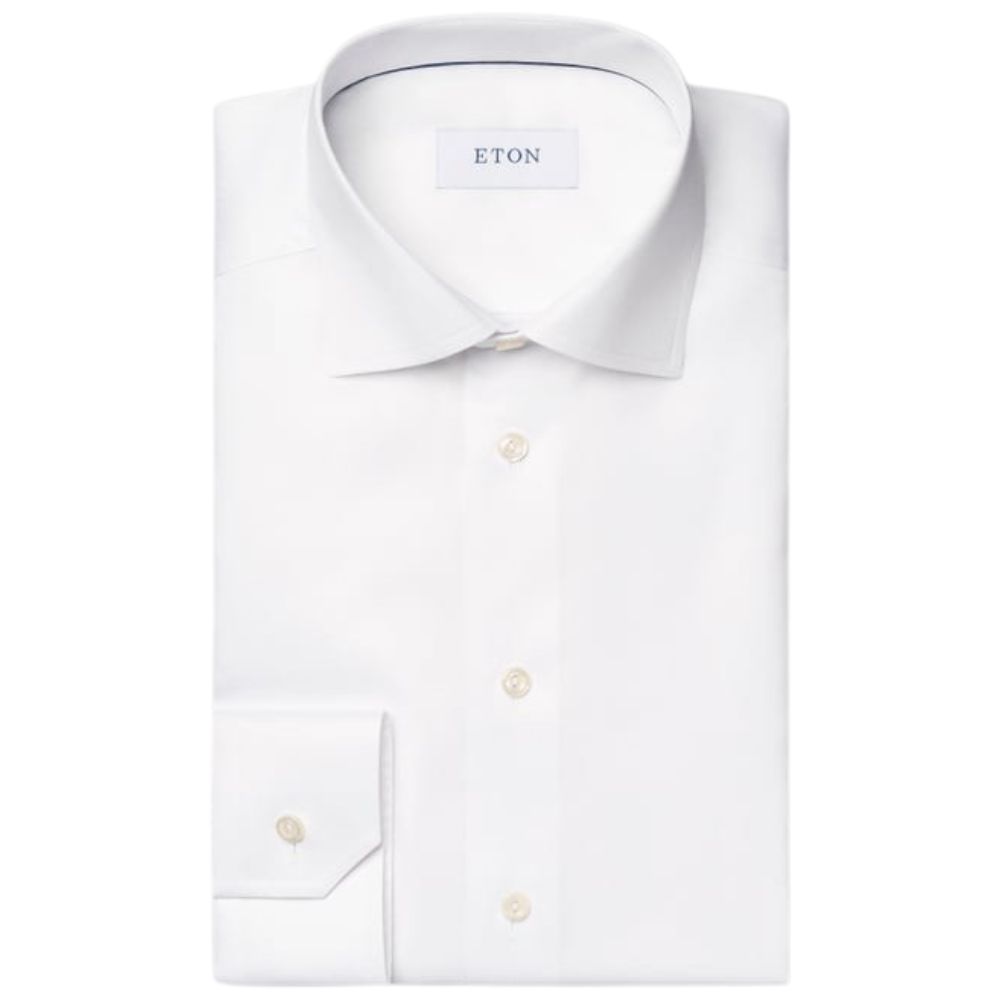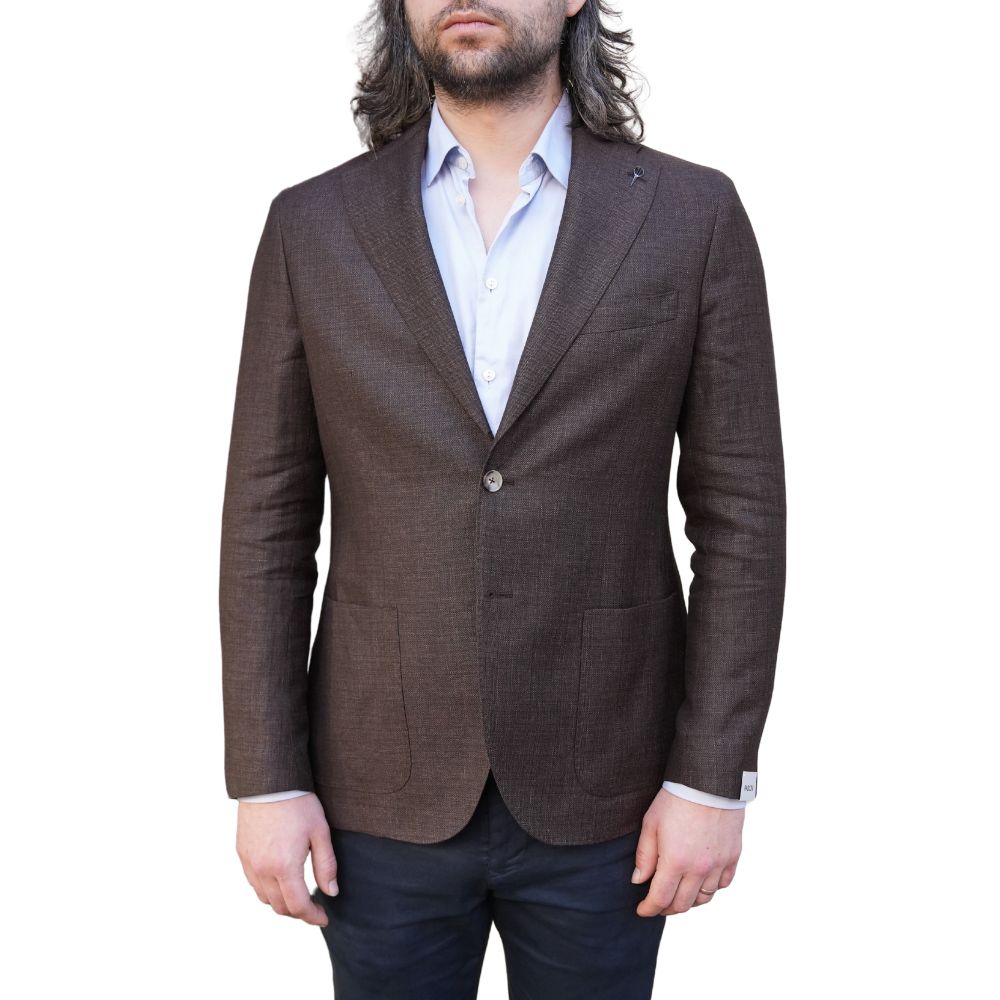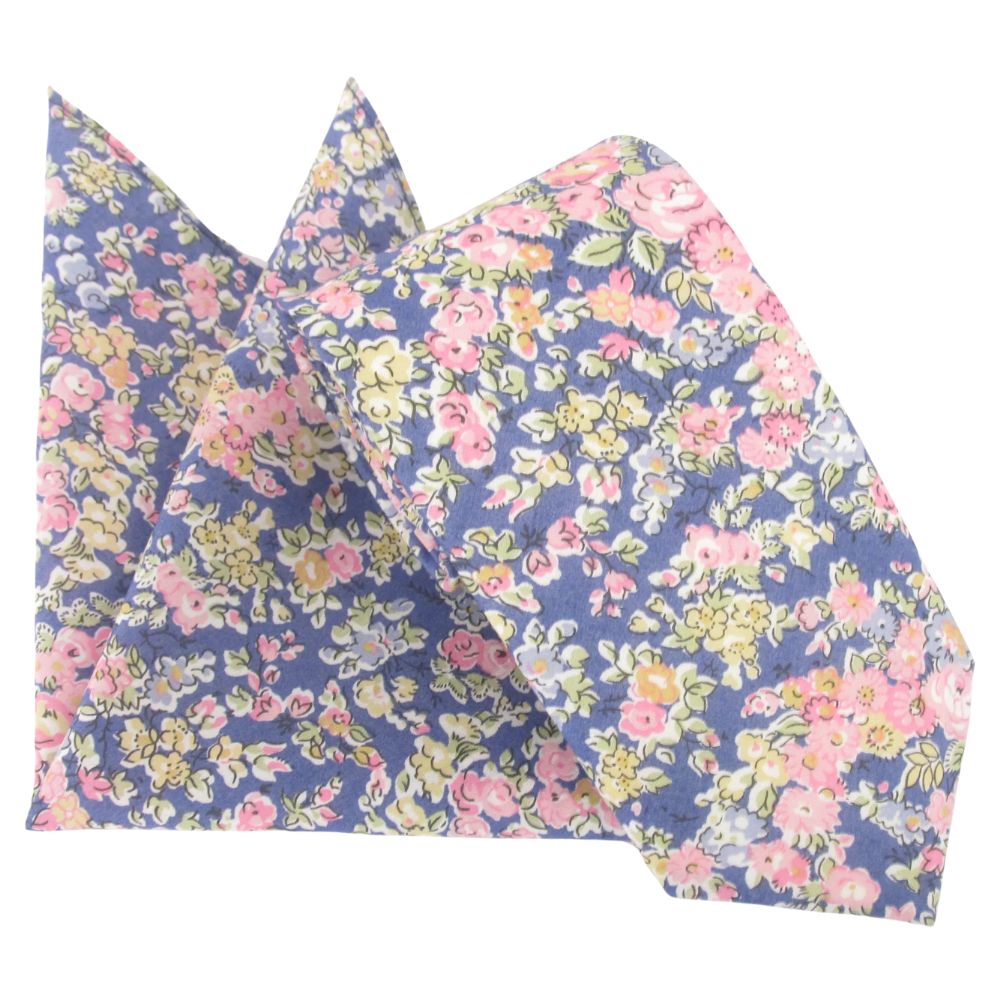05 Aug Build a Powerful Personal Brand: Unlock Your Career Potential
Personal branding is more than just a logo or a tagline—it’s the essence of who you are and how you present yourself to the world based on your experience, expertise, core values, and unique attributes.
What is a personal brand?
In today’s competitive environment, creating a strong personal brand is essential for success.
It’s how others perceive you and what sets you apart from everyone else. Whether you’re an entrepreneur, a professional, or an artist, your personal brand influences how people connect with you.
Why is it important?
A well-defined personal brand attracts opportunities that resonate with your authentic self. Whether it’s career growth, projects, or partnerships, your reputation precedes you.
Fashion plays a crucial role in shaping that brand. It can be a powerful tool for creating a strong personal brand.
consistency is everything
The key to incorporating your personal brand into your professional wardrobe is to wear a recognisable detail consistently. Whether it’s a signature colour, accessory, or specific type of clothing, maintaining this consistent element in your daily wardrobe helps reinforce your personal brand and makes it memorable.
Aim to create a cohesive and memorable look that aligns with your brand identity and values and reflects who you are and what you represent.
Steve Jobs
For example, we always recognise Steve Jobs. His signature style of black turtlenecks, round glasses, and jeans became an iconic symbol of his personal brand and leadership in the tech industry. His minimalist wardrobe mirrored the principles that he championed in Apple’s products: simplicity, functionality, and elegance.
Over time, this look became inseparable from his public persona, symbolising the disruptive and innovative spirit that he embodied.
What is your calling card? Bright socks? A striped shirt? A hat and pocket square? Or is it a certain colour that highlights your personality?

PHARRELL WILLIAMS
In complete contrast to Steve, Pharrell Williams is well-known for his unique sense of style, particularly his love for oversized hats. His “big hat” signature look became iconic after he wore a large, brown Vivienne Westwood hat to the 2014 Grammy Awards.
Pharrell’s big hats have become such a strong part of his identity that they are instantly recognizable and symbolize his unique approach to fashion. His look blends high fashion with streetwear, always pushing boundaries and setting


It’s important to wear outfits that make you feel comfortable and confident and avoid anything that makes you feel uncomfortable or inauthentic. Don’t blindly follow trends but adapt them to your unique style. When you’re genuine, people will recognize and appreciate it.
In the end, well-chosen wardrobe items can make a good first impression and enhance your own personal brand.
Understanding the Industry
In today’s professional world, dressing appropriately for your industry can significantly impact your personal brand and career success.
Understanding and adhering to the dress codes expected in your field not only helps you fit in but also enables you to make a positive impression on colleagues, clients, and industry leaders.
Finance, Law or Consulting
If you work in finance, banking, law, or consulting, the image you project often conveys power, trust, reliability, and calmness. This is reflected in more formal, traditional attire, such as tailored suits, crisp shirts, and polished shoes, often in neutral or subdued colours like navy, grey, or black.
These choices symbolise professionalism, stability, and authority – essential in financial services where clients must trust that their money is being handled responsibly. The structured, no-nonsense look reinforces a sense of control, expertise, and seriousness.
Technology
In the tech industry, there is often no formal dress code, with a focus instead on comfort and practicality: khakis, collared shirts, and sweaters. This relaxed approach reflects the industry’s culture of innovation, flexibility, and a focus on results over appearances.
Comfort is key, allowing individuals to focus on their work and creativity without the constraints of traditional business attire.
However, even within this laid-back environment, personal branding can still play a significant role. Specific clothing choices, such as consistently wearing a certain colour t-shirt or hoodie, can become a subtle yet powerful way to make a statement.
For example, someone who frequently wears bright yellow might project a sense of optimism and positivity, helping to establish a memorable and approachable personal brand.
Or calm blue, because is perhaps the most commonly associated colour with AI. It symbolises intelligence, trust, and calmness, as well as being connected to technology and the digital world.

Mark Zuckerberg
For instance, Mark Zuckerberg’s grey branded T-shirt often paired with a hoodie, represents simplicity and functionality, in keeping with his tech entrepreneur identity.
His personal brand, much like his wardrobe, conveys a message of efficiency, dedication, and a break from conventional corporate culture, resonating with the ethos of the tech world.
Sales
In the marketing industry, a business professional or business casual dress code is appropriate: suits, shirts, ties or a blazer with chinos and a shirt depending on the specific area and customer interaction.
Your style should make people want to engage with you, sparking inspiration and interest. It doesn’t have to be an entire outfit – sometimes, a single bold detail or monochrome outfit can do the trick. A bright pattern on your jacket, a unique accessory, or standout shoes, such as those from Jeffery West, can be enough to make a statement.
These elements not only showcase your personality but also invite conversation and curiosity, helping you connect with others in a memorable way.

CREATIVE INDUSTRIES
In the creative industry, you have more freedom to express your personal style. While maintaining a professional look, feel free to incorporate unique and artistic elements into your wardrobe. Bold colours and patterns may be more acceptable here.
This will help show how creative and experimental you are: an unusual hat, a monocle worn as a necklace, a vintage pocket watch, you have a unique way of tying a tie or even a uniquely styled moustache can all serve as distinctive elements that spark curiosity and make you memorable.
This flexibility in style signals creativity, adaptability, and the willingness to push boundaries, aligning with the expectations of industries where originality and innovative thinking are highly valued.
Johnny Depp
For example, he is famous for his eclectic style, often wearing hats, layered jewellery, glasses and boho-inspired clothing. His consistent look underscores his artistic and unconventional personality.



instantly
elevate your style
with the power of layering
Have you ever looked at someone and thought:
“Wow! Their outfit just WORKS!” That’s the power of layering for you.
In this FREE E-book we’ll teach you the skill of layering with a few simple rules and give you lots of examples for inspiration.
*by signing up you agree to our terms & privacy policy

Colour psychology
Choosing the right colours also helps make the right impression. They are not just visual elements but powerful tools that convey personality, values, and emotions. The right colour can help create a strong, memorable identity. For instance, vibrant colours like red and yellow often convey energy and enthusiasm, while cooler tones such as blue and green suggest calm and reliability.
Beyond aesthetics, colours can influence perceptions and behaviour, making them essential to creating a personal brand.
Ultimately, the colours you choose should align with your personal values and the message you want to convey. By thoughtfully incorporating colours into your personal brand, you can create a cohesive and compelling identity that resonates with your audience.
Select a colour palette that reflects your personal brand. Stick to these colours consistently across your wardrobe. Incorporate these colours into your outfits to reinforce your brand identity.
If you’d like to learn more about colour theory and how to use it to your advantage, make sure to check out our article:
COLOUR PSYCHOLOGY FOR PROFESSIONAL SUCCESS
Playing to your strengths
Before diving into your wardrobe, take a moment to reflect on your strengths. What are the qualities that set you apart? Are you a creative thinker, a problem solver, or a natural leader?
Here are a few examples of how to best express your lifestyle and values:
Tailored suit
A man who wears a well-fitted suit often exudes confidence and a sense of professionalism.
It indicates a careful attention to detail and a respect for traditional business etiquette.
Casual, yet stylish outfit (e.g., chinos and a button-down shirt)
This look suggests someone who is approachable and easygoing yet still values a presentable and stylish appearance.
It demonstrates a balance between professionalism and comfort.
Activewear (e.g., athletic shorts, running shoes)
Wearing activewear signifies a commitment to fitness and wellness.
It shows discipline in maintaining a healthy lifestyle and a determination to achieve personal goals.
Creative or artistic clothing (e.g., unique prints, bold colours)
This type of clothing suggests a strong sense of individuality and a creative mindset.
It indicates that the person values self-expression and is open to new experiences.
No posts were found for provided query parameters.
Minimalist fashion (e.g., monochrome outfits, simple lines)
A minimalist wardrobe reflects a preference for simplicity and efficiency.
It indicates a clear and focused mind, with an emphasis on functionality and avoiding unnecessary distractions.
Classic and timeless pieces (e.g., trench coats, Oxford shoes)
Wearing classic and timeless pieces suggests a person who values stability and reliability.
It reflects a respect for tradition and a preference for enduring quality over fleeting trends.
Eco-friendly clothing (e.g., organic cotton, recycled materials)
Choosing eco-friendly clothing shows a commitment to sustainability and ethical practices.
It indicates a sense of responsibility towards the environment and a desire to make conscientious choices.
Luxury brands (e.g., designer labels, high-end accessories)
Wearing luxury brands can signify success and ambition.
It shows an appreciation for quality and craftsmanship, as well as a desire to enjoy the finer things in life.
Each of these clothing styles reflects different aspects of a man’s character and can serve as a form of non-verbal communication about his strengths and values.
Declutter your wardrobe. Keep only those items that align with your brand and convey the right message
Conclusion
Fashion is a powerful tool for self-expression. Experiment with different styles, textures, and accessories. Whether you prefer classic suits, casual streetwear, or bohemian chic, make sure it fits your brand.
Remember that consistency in your wardrobe choices, whether through unique accessories, distinct clothing, or personal touches, plays a vital role in reinforcing your personal brand. By maintaining a recognisable and authentic style, you can leave a lasting impression that resonates with others and sets you apart.


I’m motivated and also very creative person. I like art, photography and fashion. Always up for a new challenges and opportunities.
- This author does not have any more posts.











































No Comments